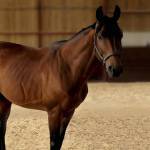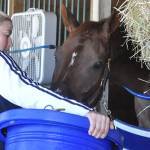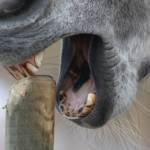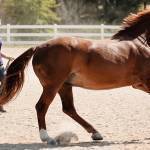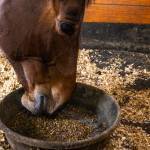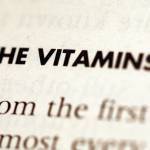On the Road with Your Horse: Keep Diet Consistent
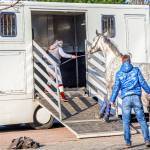
Consistency of diet is a long-held, sound horse management tenet, whether on the farm or on the road. For some, heading to a local competition or event means filling a haynet from the horse’s regular forage source at home that will last the day. For others, though, it can mean long trailer rides and overnight stays. If you are planning to travel with your horse, keep these tips in mind.
Hydration. Hydration is critical for normal body function, including thermoregulation (regulation of body temperature) and sweating. Once a 1,100-lb (500-kg) horse loses 2% of body weight in water, in this case about 22 lb (10 kg), performance will suffer.*
In high heat and humidity, heavily worked horses can lose that much water in as little as one hour. In addition to water losses, horses can lose 10 g of electrolytes per liter of sweat, or 100-150 g in that 2% loss of body water! Water follows salt and salt is an electrolyte, so where salt goes so does water in the body. Hence, both water and electrolytes are needed for proper hydration.
Encourage water consumption. On the road, horses may encounter different water sources. If a horse is fussy about the taste or smell of different water, it may be practical to begin flavoring water at home so the horse gets used to it. The flavoring can mask changes in taste or smell in a different water source, helping to encourage drinking.
“Remember, when working to accustom a horse to flavored water, it is important to also keep an unflavored source available in case the horse refuses to drink the flavored water,” recommended Katie Young, Ph.D., a nutritionist at Kentucky Equine Research. Similarly, many electrolytes, such as Restore SR, can be mixed and dissolved in water, but condition the horse to drink the solution ahead of travel or competition to avoid refusal.
Electrolytes are critical not only for helping to maintain hydration, but also for proper muscle function. Horses that experience “thumps” (when the diaphragm and heart rate synchronize) are typically severely dehydrated and need water and electrolytes to return to normal.
Don’t forget the forage. While it is not always possible to pack a sufficient hay supply to last an entire trip, when feasible, at least take as much as there is room to carry. Remember that the bare minimum recommended forage intake is 50% of the total diet, but is typically much higher (75-100%, depending on breed, activity level, and more).
“Any changes to a horse’s diet should always be made as slowly as possible, so a hard swap of forage acquired at the destination can increase the risk of digestive upset which, most importantly, is a risk to the horse’s health but can also hamper peak performance,” said Young.
Mixing in forage from home with forage at the venue will help reduce the risk. Another way to reduce risk is to add soaked hay cubes or beet pulp to the horse’s regular diet, and bring those along on the trip. Soaked cubes or beet pulp are also a great way to mix in some electrolytes and generally take up less room in the truck or trailer than bales of hay, suggested Young.
Pack plenty of concentrate. Many performance horses consume a concentrate feed. Be sure to pack enough for the duration of your trip for each horse, plus extra in case of any delays in returning home. While concentrate usually makes up a relatively small portion of the total diet compared to forage, a sound strategy for consistency is to bring along feed from home. This includes any supplements that are part of the diet.
Recovery. Recovery from traveling and competing is just as important as preparation, and that includes replenishment of muscle glycogen in addition to hydration. Glycogen is the storage form of glucose, which is used for energy during work. For endurance horses, muscle glycogen depletion can be as high as 50-75% and for race horses around 20-35%.**
Humans can often replenish most glycogen in a matter of hours, but the process takes much longer in horses. For horses competing on consecutive days, it can be difficult for glycogen stores to be replenished without days off in between. Hence, when competition is over, it is important to incorporate some “down days” with light exercise and turnout to allow the energy stores to build up before the next round.
When it comes to domestic travel, it should be relatively simple to maintain a horse’s usual diet when on the road. Incorporating some forage alternatives, such as hay cubes or beet pulp, can supplement the roughage portion of the diet and are easier to pack. International travel presents different challenges, as laws vary by country, which can make it difficult to ship forage across international lines. Whether travel is foreign or domestic, make sure the horse begins the journey well-hydrated with a plan to maintain hydration throughout the trip and while at the destination. Finally, don’t forget recovery so that the horse is ready for the next road trip.
*Marlin, D., and K. Nankervis. 2002. Equine Exercise Physiology. Blackwell Science. Oxford, UK.
**Phillips-Pratt, S., and L.M. Lawrence, 2014. Nutrition of the performance horse. In: The Athletic Horse. Saunders Elsevier. St. Louis, MO.

